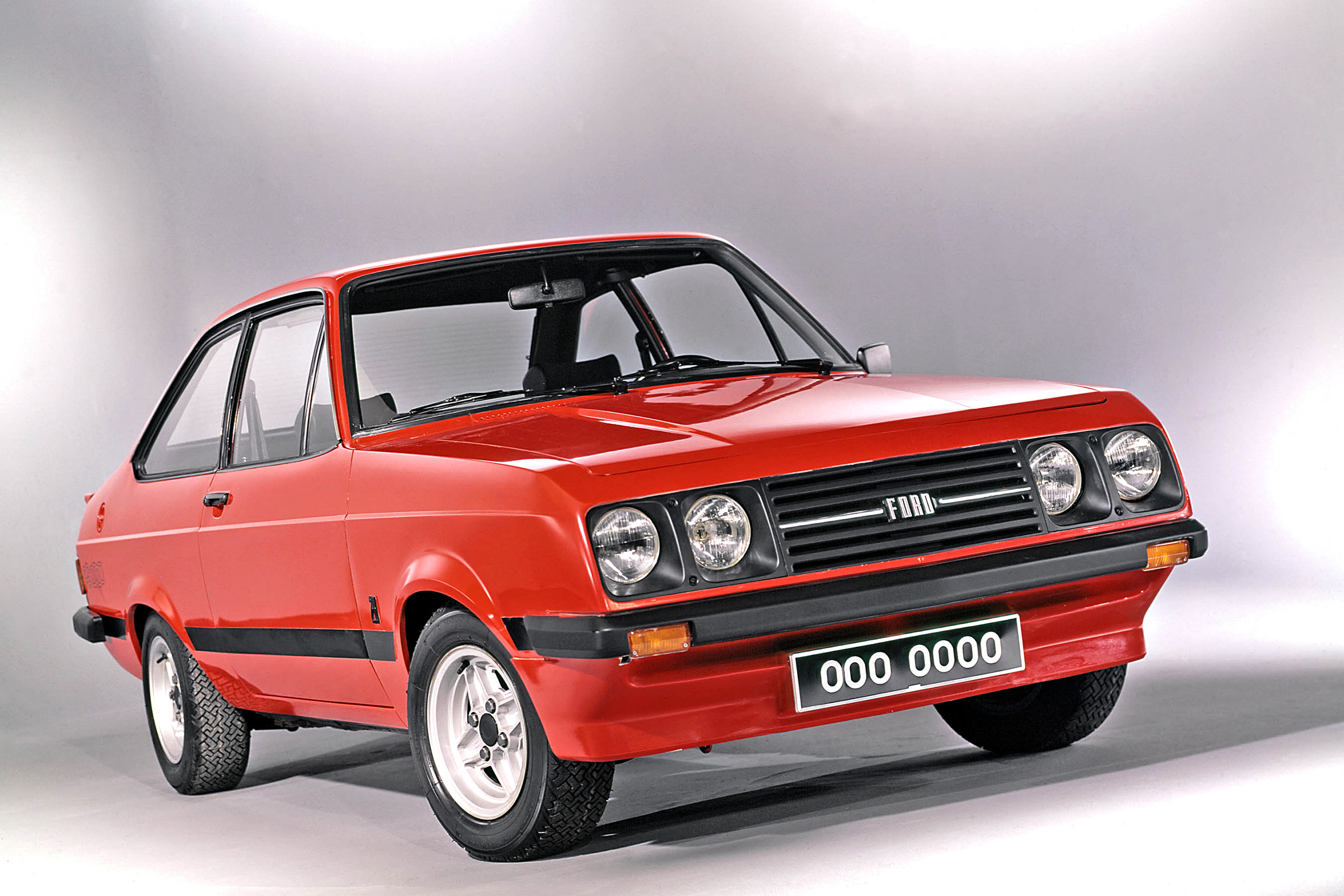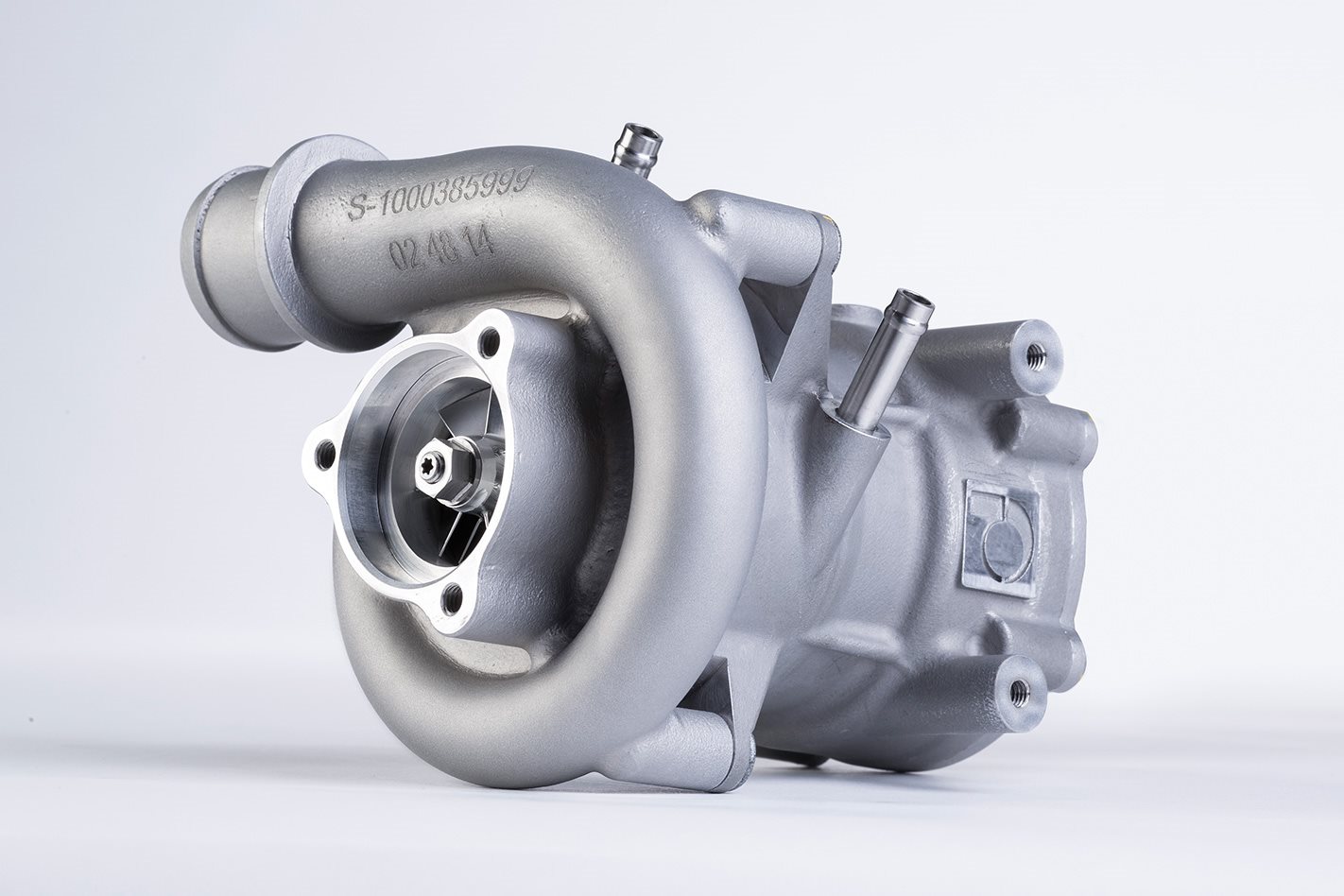Beyond a basic first aid course I attended in 2003 and a talent for extracting particularly stubborn blackheads, I have no official medical qualifications. But despite this, I feel quite confident that I could perform a respectable angioplasty and it’s all thanks to a Ford Escort. The car in question was an early Mk2 belonging to a college friend who was looking for maximum power on a typical minimal student budget. A deal was struck in which I would agree to flow the cylinder head in return for a dangerous amount of home-brew. Little did my mate know that if he simply cut out the middle man and pumped the 550 per cent proof moonshine into the Escort tank he would unleash more power than he could imagine. Nonetheless I got to work.
If you peer into the inlet or exhaust tracts of an unmodified Ford Crossflow cylinder head you’ll see more meat than the Australian Butcher’s Guild nude calendar. It’s like Ford was deliberately trying to make its 1.6-litre four-cylinder asthmatic but the somewhat crude design makes it very easy for some fast gains. After a few hours hacking out the ports like the ventral plaque of a cheeseburger enthusiast and the addition of a basic air filter and exhaust upgrade, the Escort had about 10hp more to its name – a very respectable 12 per cent power increase.
Whether you’re looking for extra power or improved fuel economy, developing better engines mostly comes down to the maximisation of volumetric and thermal efficiency. Improved volumetric efficiency gets more air (and therefore fuel) in, while more thermally efficient engines make better use of the energy liberated in each drop of fuel.

Take, for example that Ford Kent Crossflow of the 1970s. It used 1.6 litres of displacement to produce 63kW (pre Gardner Racing mods) but, through a series of evolutionary improvements, engine efficiency has advanced remarkably. The 1.6-litre you’ll find under the bonnet of the Toyota GR Yaris makes 200kW. An F1 car with the same capacity will blow the dynamometer with 745kW.
But we’re now levelling off that particular curve. Today’s performance and efficiency improvements are incrementally smaller. Recently, Mazda introduced its Skyactiv-X engine. The heavily developed and refined engine uses a brilliant idea to enable the petrol engine to run as a spark-ignition engine under some circumstances but, when the conditions allow, it switches to a compression ignition cycle more like a diesel powerplant.

Other manufacturers like Jaguar/Land Rover, Audi and Mercedes are turning to complex compound supercharging that enlists a conventional turbocharger along with an electric supercharger to wring the most out of a combustion unit, with hybrid electric technology to iron out any wrinkles in the torque curve.
But while these cutting-edge innovations boost power and efficiency of a fundamental combustion engine principle, the proportional gains are minute compared with the performance and efficiency improvement I managed for the Escort engine with an air die-grinder in one hand and a homebrew in the other.
Continuously developing the efficiency and power of petrol and diesel engines is hard but, engineering challenges aside, presenting the business case for internal combustion as the best solution for vehicle propulsion is harder due to a simpler problem.

Petrol and diesel has a finite energy value and there are only so much that can be blasted out of each drop of fuel. For petrol it’s 33.7 megajoules per litre, diesel does better with 36.9MJ/L. But even the most advanced and efficient engines are surprisingly wasteful. Even with hybrid technology and the world’s most advanced hybrid turbos, the current F1 engines are only 50 per cent thermally efficient. A very efficient road car engine manages around 40 per cent, so more than half of the energy in every litre of fuel burnt is wasted, with little chance of radical change before the inevitable end of cars that are moved by pistons and cylinders. By way of comparison, EVs are around 60 per cent efficient at converting even coal-fired power to the wheels.
That’s why, much as it pains me to write it, the internal combustion engine is doomed. Aside from increasingly strict emissions legislation, a simple chemical and technological truth is consigning our cars to an inevitably electric future.






